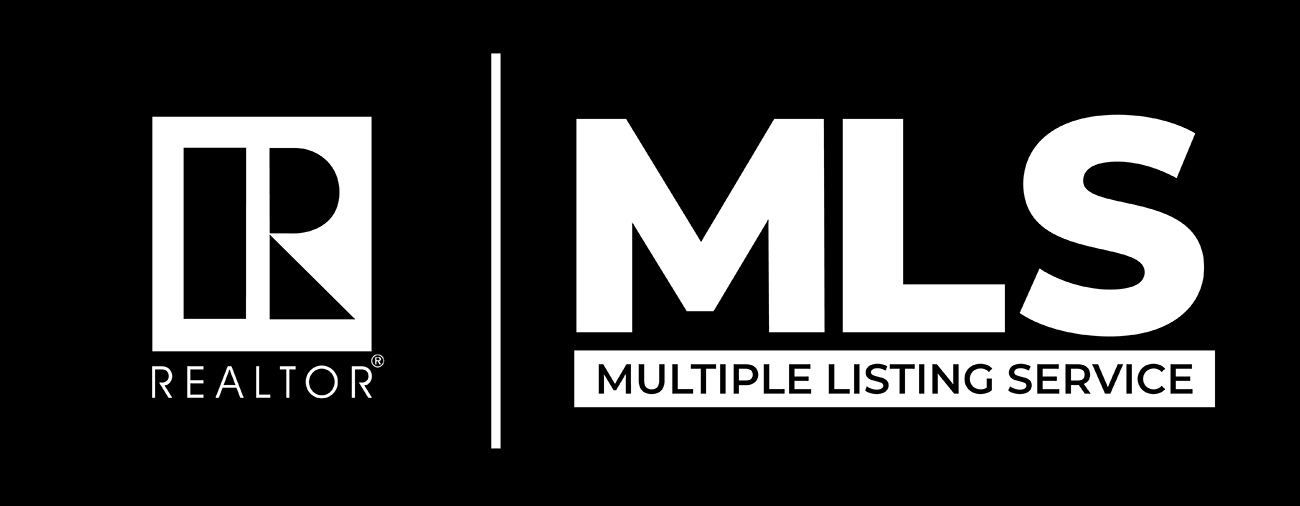Subscribe for Blog Post
Renting a condo unit: Procedures and Key Considerations
Renting an unit can be an exciting yet overwhelming process, especially if you’re a first-time renter or moving to a new city. Understanding the procedures involved and the key factors to consider can make your experience smooth and stress-free. Here’s a step-by-step guide to help you navigate the rental process.
Step 1: Determine Your Budget
Before you start searching for an unit, it’s essential to establish a realistic budget. Consider not only the rent but also additional expenses such as:
- Utilities (electricity, water, gas, internet)
- Tenant insurance
- Parking fees (if applicable)
- Security deposit and first/last month’s rent
A good rule of thumb is to spend no more than 30-35% of your monthly income on rent.
Step 2: Research Locations and Unit Options
The location of your unit will significantly impact your lifestyle. Here are some factors to consider:
- Proximity to work or school
- Public transportation accessibility
- Safety of the neighborhood
- Nearby amenities like grocery stores, restaurants, and healthcare facilities
For available rental options, contact me or FIND A HOME HERE.
Step 3: Schedule Viewings and Inspect the Unit
Once you shortlist a few units, arrange viewings. During your visit, check for:
- Signs of maintenance issues (leaks, mold, pests)
- Functioning appliances and fixtures
- Cell phone reception and internet connectivity
- Natural light and ventilation
Observing the common areas, such as hallways, elevators, and parking lots, can give you a sense of how well the building is maintained.
Step 4: Understand Lease Terms Before Signing
Before committing to a rental, carefully review the lease agreement. Pay attention to:
- Rent amount, due date, and payment methods
- Lease duration (fixed-term or month-to-month)
- Security deposit amount and refund conditions
- Pet policies (if applicable)
- Rules on subletting and early termination penalties
If anything is unclear, ask for clarification before signing.
Step 5: Prepare Required Documents
Landlords typically request the following documents:
- Proof of income (pay stubs, tax returns, employment letter)
- Credit report and score
- References from previous landlords (if applicable)
- Photo identification (passport or driver’s license)
Having these ready can speed up the approval process.
Step 6: Pay the Deposit and Move-In Costs
Once approved, you’ll need to pay the first and last month’s rent or the agreed deposit upfront. Always request a receipt for payments and confirm move-in procedures with your landlord or property manager.
Step 7: Set Up Utilities and Tenant Insurance
Before moving in, set up essential services such as electricity and water. Some landlords include utilities in the rent, so confirm this in advance. Additionally, obtain tenant insurance to protect your belongings from theft, fire, or water damage, as well as to cover personal liabilities. These should be arranged before occupancy.
Step 8: Conduct a Move-In Inspection
Before settling in, document the unit’s condition by taking photos or videos. Note any existing damages and share them with the landlord to avoid disputes when moving out.
Key Points to Keep in Mind
- Negotiate if possible: Some landlords may be open to rent discounts for longer lease commitments.
- Know your rights: Familiarize yourself with local tenancy laws to understand your rights and responsibilities.
- Communicate clearly: Maintain open communication with your landlord regarding repairs or concerns.
- Plan for the future: If you intend to move out, check the lease for notice periods and renewal options.
Have any questions about renting? Feel free to reach out!
Cathy Tse
Direct: 647-463-8810 – Email: cathy.tse@century21.ca
Instagram – Facebook – Linktree – Subscribe for News – Blog – WhatsApp

 Facebook
Facebook
 X
X
 Pinterest
Pinterest
 Copy Link
Copy Link



